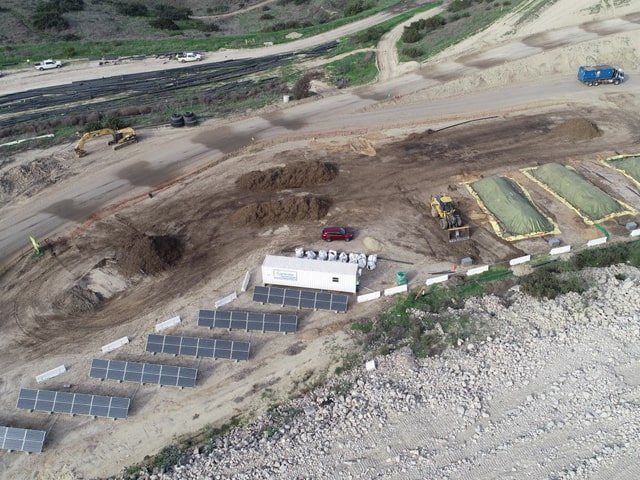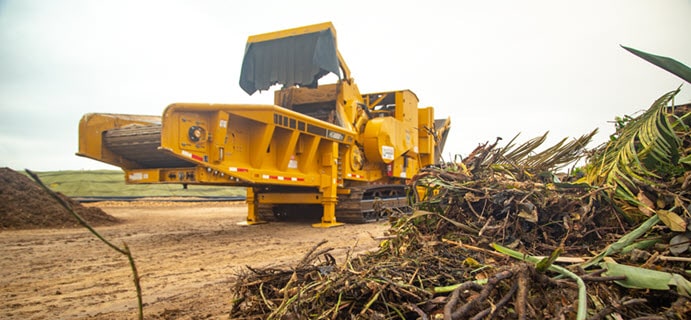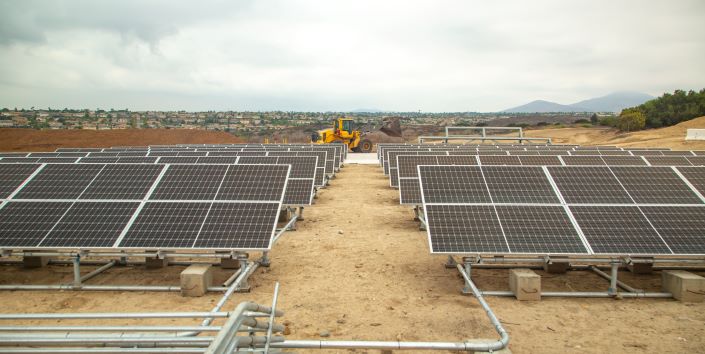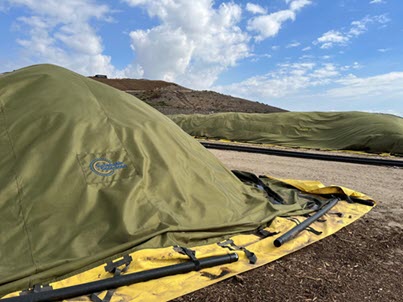
Innovation Meets Composting
Opened in August 2021, our Otay Compost Facility is the first facility of its kind powered entirely by solar in the state of California. This facility will help Californians recycle food and yard waste in accordance with new regulationsByline: BTB Editor
October 13, 2021 / Time to read: 5 minOn January 1, 2022, the state of California will require the majority of
Opened in August 2021, our Otay Compost Facility is the first facility of its kind powered entirely by solar in the state of California, and it utilizes industry-leading compost cover technology. The new facility can process 100 tons of organic waste a day from the city of Chula Vista and customers in San Diego County and will expand to 200 tons daily by the end of the year.

“On January 1, 2022, the state of California will require the majority of homes and businesses to recycle all food and yard waste. At Republic Services, we’re prepared to help communities adjust to this change, thanks to our growing organics recycling program, which includes our new Otay Compost Facility in Chula Vista, Calif.”
Recycling organic waste into compost creates a nutrient-rich soil amendment, which helps preserve natural resources, reduces water consumption, and contributes to the region’s circular economy, ensuring these materials are returned to the community. The Otay Compost Facility is powered by 180 solar panels, allowing it to operate completely off the grid, and it has enough battery storage to run the site for three days.

The composting process begins with the collection of food and yard waste from residents’ homes, which is delivered to the facility. Contamination is removed, and the remaining material is ground to 3 to 4 inches in size for easy composting. Water is then added to increase the moisture content to roughly 50%, and then the material is loaded into a bunker for phase 1, which is four weeks. The compost pile is covered with a Gore cover, and a fan, powered by solar, aerates the organic waste.
The material is transferred to a different bunker for phase 2, where it continues to be injected with air while covered for another two weeks. During phase 3, the material is moved again for a final two weeks, receiving air but is uncovered to reduce moisture for screening. Finally, after eight weeks, the material is screened, then sold as nutrient-rich compost for soil.
Check out the new compost facility in this short video:

For more information on composting, please visit

